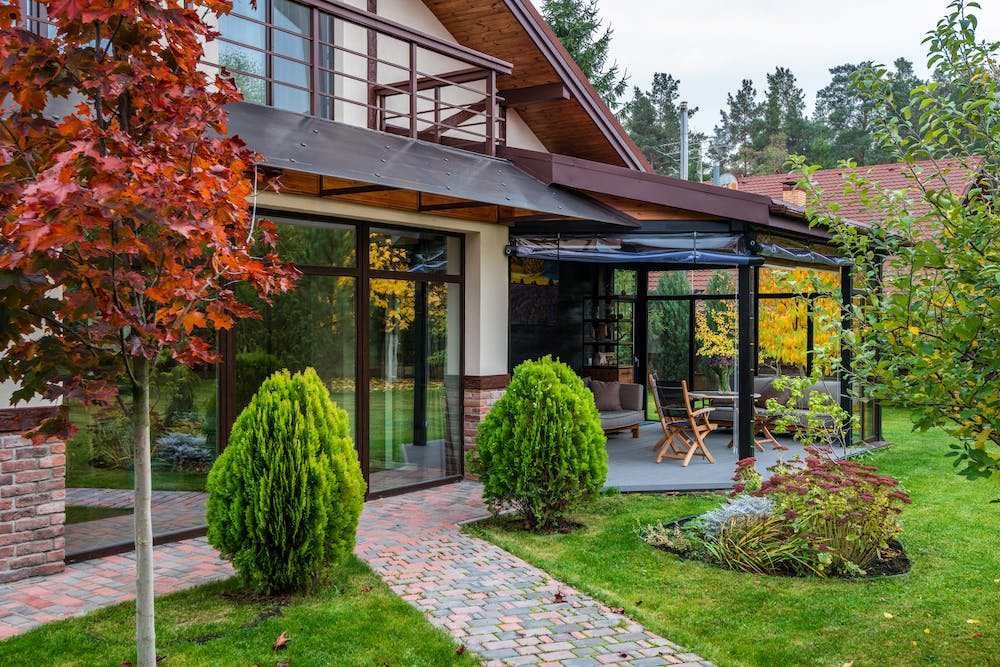If you want to design a home that maximizes natural ventilation, you need to consider a few factors that affect the airflow and temperature in your space. Natural ventilation is the process of using openings such as windows, doors, skylights, and vents to allow fresh air to enter and circulate in your home, while expelling stale and hot air. This can help you reduce your energy consumption, improve your indoor air quality, and create a more comfortable and healthy living environment.
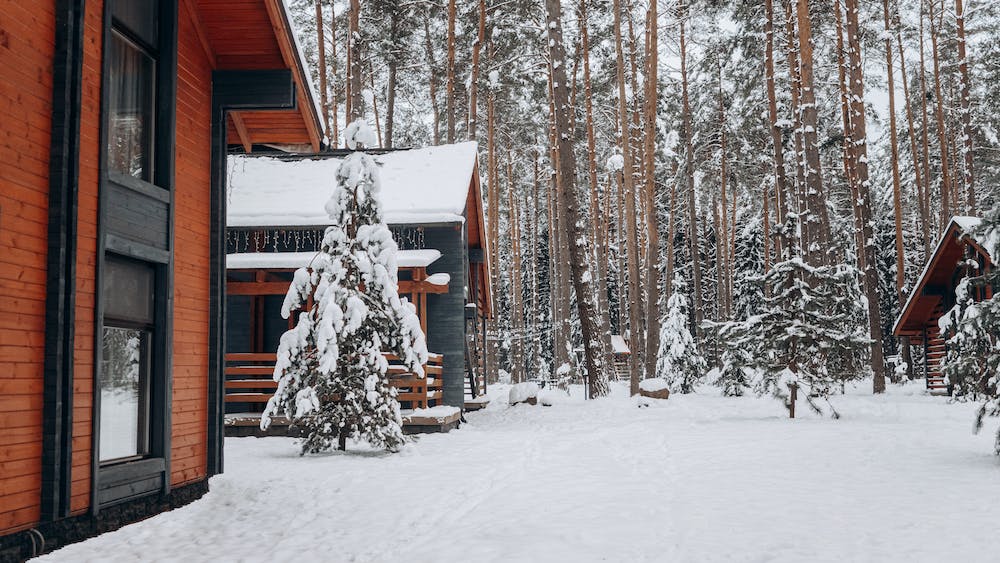 Some of the factors that influence natural ventilation are:
Some of the factors that influence natural ventilation are:
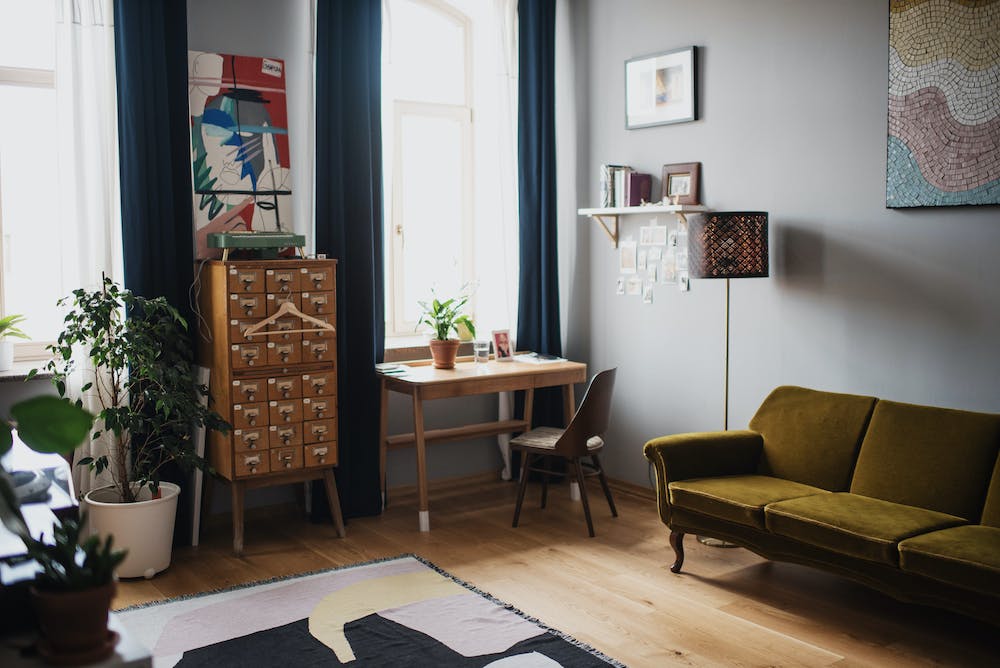 – The orientation and layout of your home. You should orient your home to take advantage of the prevailing winds in your area, and avoid blocking them with other buildings or structures. You should also plan your layout to create cross-ventilation, which means having openings on opposite sides of your home that allow air to flow through. Ideally, you should have at least two openings per room, and they should be located at different heights to create a pressure difference that drives the airflow.
– The orientation and layout of your home. You should orient your home to take advantage of the prevailing winds in your area, and avoid blocking them with other buildings or structures. You should also plan your layout to create cross-ventilation, which means having openings on opposite sides of your home that allow air to flow through. Ideally, you should have at least two openings per room, and they should be located at different heights to create a pressure difference that drives the airflow.
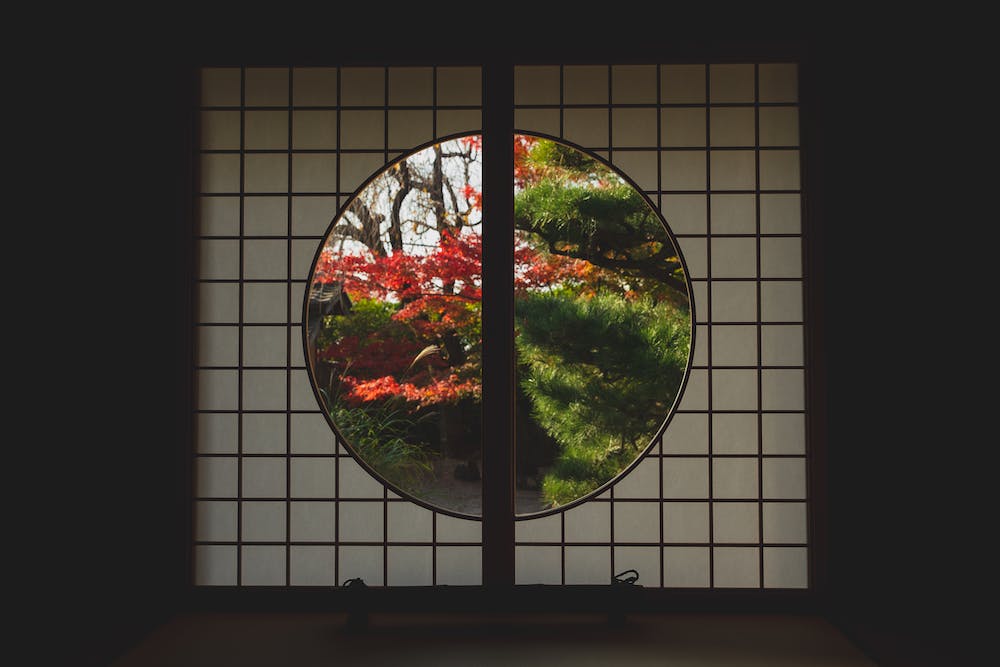 – The size and type of openings. You should choose the right size and type of openings for your home, depending on the climate and the design of your space. Generally, larger openings allow more air to enter and exit your home, but they also let in more heat and noise. Smaller openings can provide more control over the airflow and temperature, but they may not be sufficient for adequate ventilation. You should also consider the type of openings, such as sliding windows, casement windows, louvers, awnings, etc., and how they affect the direction and speed of the airflow.
– The size and type of openings. You should choose the right size and type of openings for your home, depending on the climate and the design of your space. Generally, larger openings allow more air to enter and exit your home, but they also let in more heat and noise. Smaller openings can provide more control over the airflow and temperature, but they may not be sufficient for adequate ventilation. You should also consider the type of openings, such as sliding windows, casement windows, louvers, awnings, etc., and how they affect the direction and speed of the airflow.
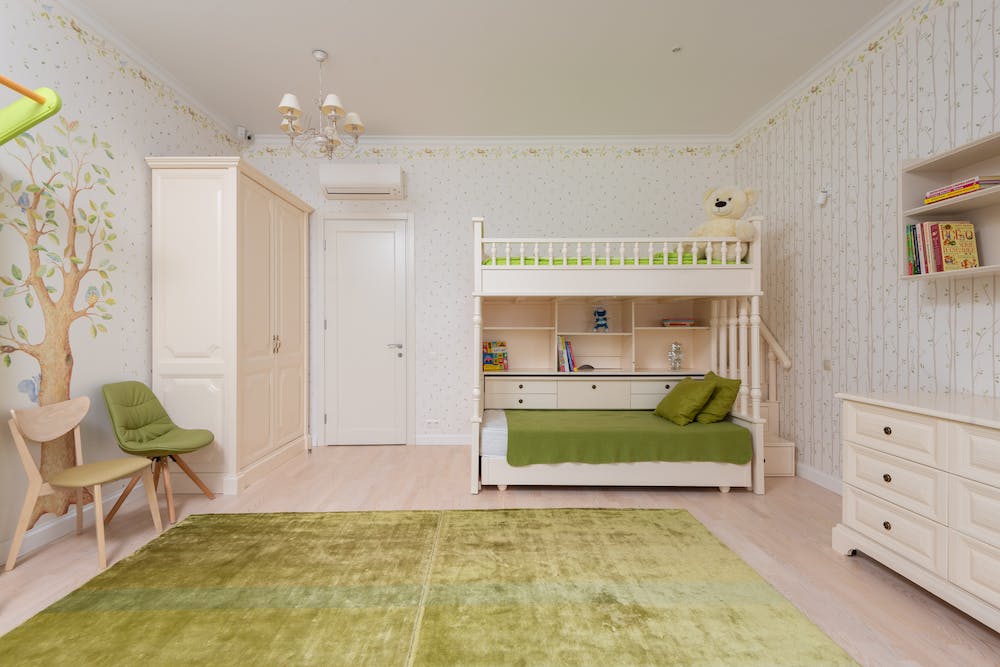 – The shading and insulation of your home. You should shade and insulate your home to prevent excessive heat gain or loss through the openings. You can use external shading devices such as overhangs, blinds, curtains, trees, etc., to block or filter the sunlight that enters your home. You can also use internal insulation materials such as foam, fiberglass, wool, etc., to reduce the heat transfer between the inside and outside of your home. This can help you maintain a comfortable temperature in your home without relying on mechanical cooling or heating systems.
– The shading and insulation of your home. You should shade and insulate your home to prevent excessive heat gain or loss through the openings. You can use external shading devices such as overhangs, blinds, curtains, trees, etc., to block or filter the sunlight that enters your home. You can also use internal insulation materials such as foam, fiberglass, wool, etc., to reduce the heat transfer between the inside and outside of your home. This can help you maintain a comfortable temperature in your home without relying on mechanical cooling or heating systems.
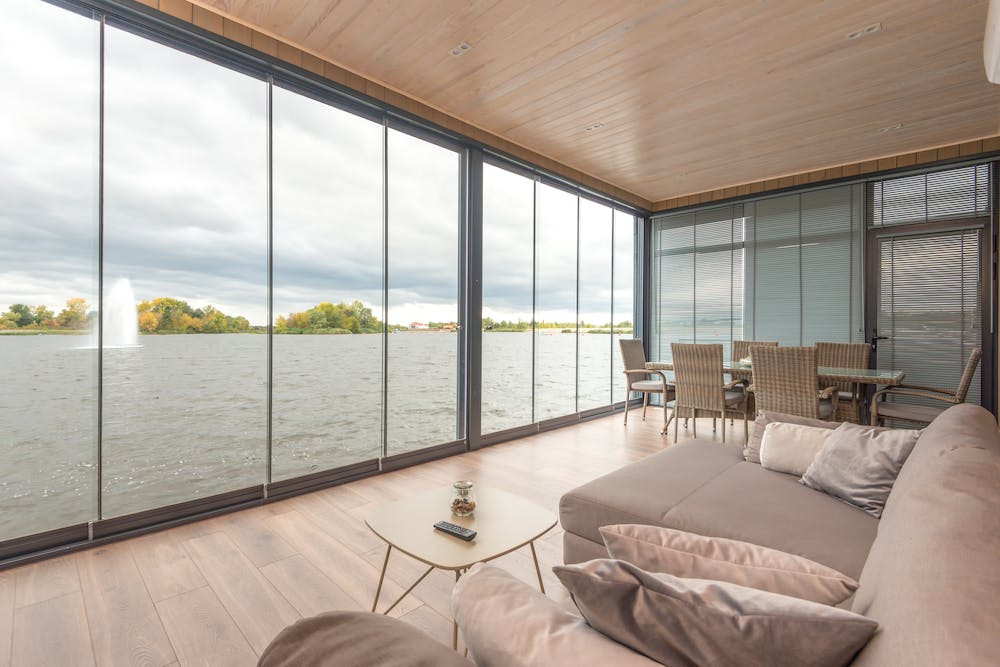 By following these tips, you can design a home that maximizes natural ventilation and enjoy the benefits of fresh air, lower energy bills, and better health.
By following these tips, you can design a home that maximizes natural ventilation and enjoy the benefits of fresh air, lower energy bills, and better health.
